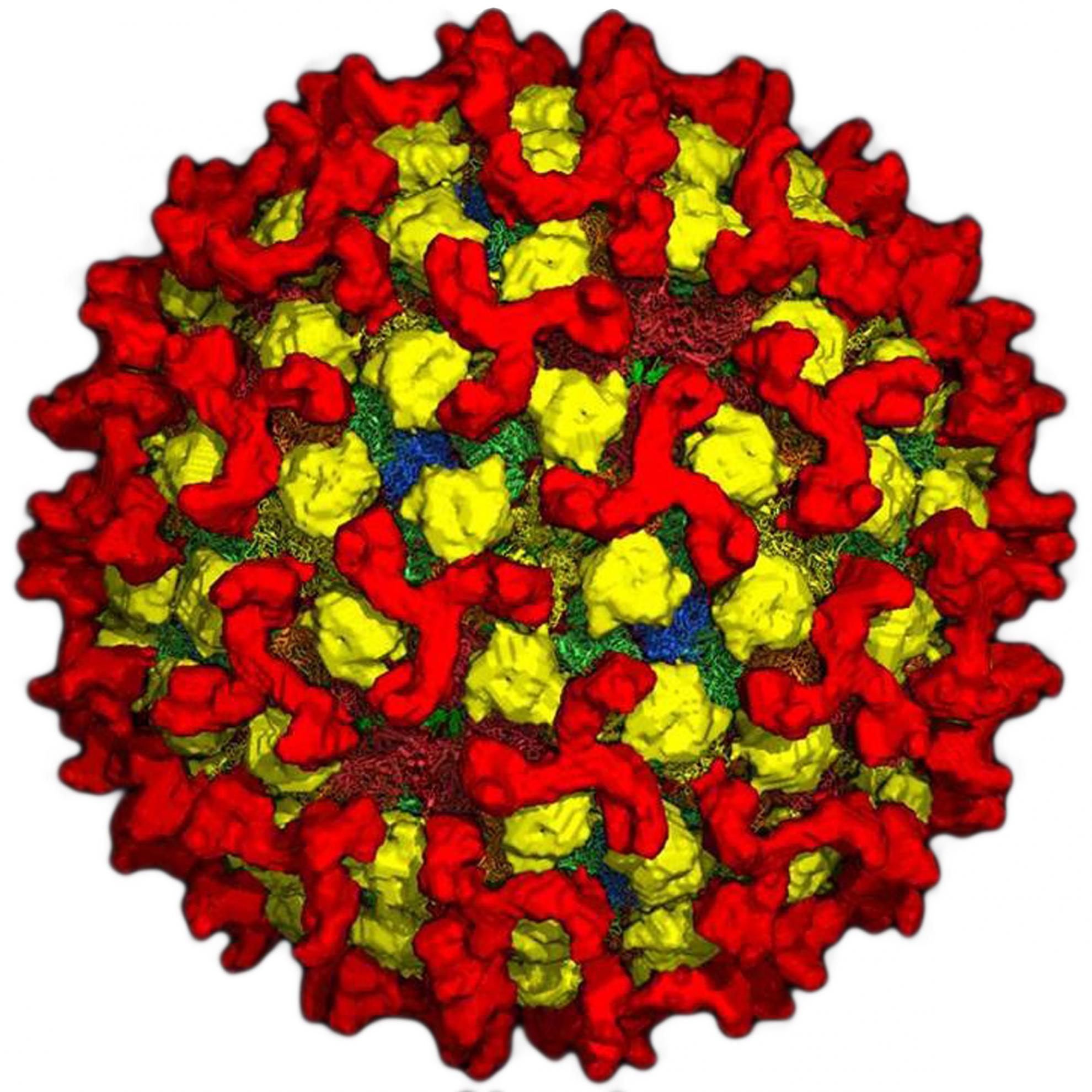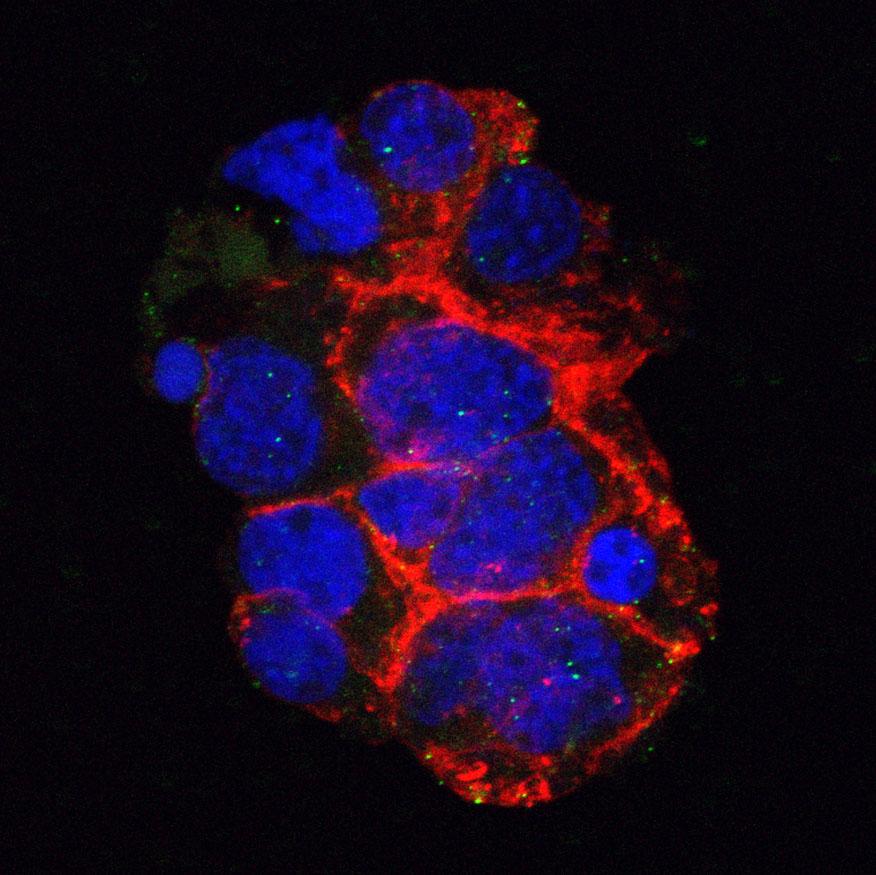Evidence of lumpy skin disease virus over-wintering by transstadial persistence in Amblyomma hebraeum and transovarial persistence in Rhipicephalus decoloratus ticks
Lumpy skin disease is a debilitating cattle disease caused by the lumpy skin disease virus (LSDV), belonging to the genus Capripoxvirus. Epidemics of the disease usually occur in summer, when insect activity is high. Limited information is available on how LSDV persists during inter-epidemic periods. Transmission of LSDV by mosquitoes such as Aedes aegypti has been shown to be mechanical, there is no carrier state in cattle and the role of wildlife in the epidemiology of the disease seems to be of minor importance. Recent studies in ticks have shown transstadial persistence of LSDV in Rhipicephalus appendiculatus and Amblyomma hebraeum as well as transovarial persistence of the virus in Rhipicephalus decoloratus, R. appendiculatus and A. hebraeum. The over-wintering of ticks off the host as part of their life cycles is well known: A. hebraeum and R. appendiculatus over-winter, for example, on the ground as engorged nymphs/unfed (emergent) adults while R. decoloratus over-winters on the ground as engorged females. In this study, transstadial and transovarial persistence of LSDV from experimentally infected A. hebraeum nymphs and R. decoloratus females after exposure to cold temperatures of 5 °C at night and 20 °C during the day for 2 months was reported. This observation suggests possible over-wintering of the virus in these tick species.
Back to publications

